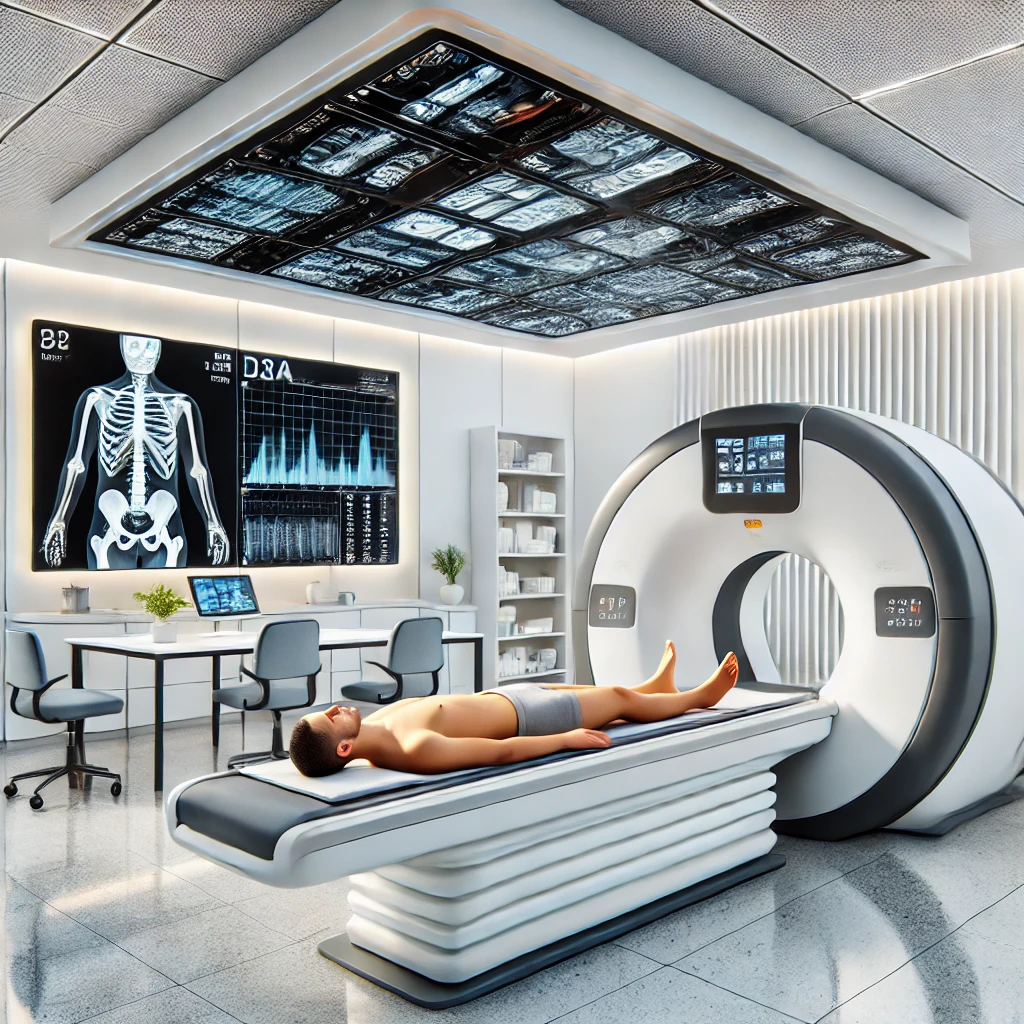Dual-Energy X-ray Absorptiometry (DXA) has revolutionized the way we assess body composition, bone health, and overall wellness. Insight DXA is a specialized application of this technology, offering in-depth analysis and actionable data for individuals and healthcare professionals alike. In this article, we delve into the details of Insight DXA, exploring its functions, benefits, and applications in various fields. Whether you’re considering a DXA scan for personal health insights or integrating it into your clinical practice, this guide provides a clear overview.
What is Insight DXA?
Insight DXA is an advanced form of DXA technology that provides detailed measurements of body composition and bone mineral density (BMD). This technology operates using low-dose X-ray beams to differentiate between bone, fat, and lean tissue, offering precise data on body composition. Insight DXA is widely used in healthcare, sports science, and wellness industries due to its accuracy and ability to track changes over time.
How Does Insight DXA Work?
Insight DXA scans work by emitting two low-dose X-ray beams at different energy levels. As these beams pass through the body, they are absorbed differently by bone, muscle, and fat tissues. The resulting data allows the device to calculate the density and composition of these tissues, providing a highly accurate body composition profile.
Key Components Analyzed in Insight DXA
- Bone Density: Measures the mineral density of bones, an essential factor in assessing osteoporosis risk.
- Lean Mass: Determines the muscle mass, critical for understanding physical health and fitness levels.
- Fat Mass: Provides a breakdown of total body fat, which can be useful in managing weight and overall wellness.
Benefits of Insight DXA Analysis
1. Precision and Accuracy
Insight DXA is recognized for its accuracy in assessing body composition. Unlike other methods such as skinfold calipers or bioelectrical impedance, DXA provides detailed insights into specific areas of the body, allowing for more precise health assessments.
2. Health and Fitness Monitoring
For individuals in sports or those on a fitness journey, Insight DXA offers valuable information about body composition changes. This data can help set realistic goals and monitor progress in muscle gain, fat loss, or bone health improvement.
3. Osteoporosis and Fracture Risk Assessment
DXA is a standard tool for assessing bone health, and Insight DXA takes this a step further by providing detailed information on bone density. This information is essential for diagnosing osteoporosis, evaluating fracture risk, and planning preventive or therapeutic interventions.
4. Research and Clinical Applications
In medical research, Insight DXA is commonly used to analyze body composition changes in response to various treatments or lifestyle changes. This makes it invaluable for studies on obesity, aging, and metabolic health.
How to Prepare for an Insight DXA Scan
Preparation for a DXA scan is straightforward, but following specific guidelines ensures optimal results.
Steps for Preparation:
- Avoid Calcium Supplements: Avoid taking calcium supplements 24 hours before the scan, as they can impact bone density readings.
- Wear Comfortable Clothing: Opt for loose, metal-free clothing to ensure the X-ray beams aren’t obstructed.
- Limit Exercise: Avoid strenuous exercise on the day of the scan, as muscle inflammation can sometimes affect results.
Insight DXA in the Field of Sports Science
Insight DXA plays a crucial role in sports science, particularly for athletes and coaches seeking to optimize performance and minimize injury risks. By analyzing muscle mass, body fat, and bone density, trainers can create tailored fitness plans. This also allows athletes to focus on specific areas for improvement, enhancing overall performance.
Benefits for Athletes:
- Muscle Mass Tracking: Helps athletes monitor muscle gain and maintain ideal body composition.
- Injury Prevention: Identifies bone density issues that could lead to stress fractures.
- Targeted Nutrition and Training Plans: Personalized data allows for customized nutrition and training interventions.
Limitations and Considerations of Insight DXA
While Insight DXA is highly accurate, there are some limitations to consider:
- Radiation Exposure: Although minimal, the low-dose radiation used in DXA scans may not be suitable for frequent assessments.
- Cost: DXA scans can be more costly compared to other body composition tests.
- Age Limitations: Insight DXA may not be suitable for young children, as their bodies are still developing.
Frequently Asked Questions (FAQs) on Insight DXA
What is the primary purpose of Insight DXA?
Insight DXA is used to assess body composition, including bone density, fat, and lean mass. This technology is valuable for diagnosing osteoporosis, monitoring fitness progress, and supporting research in medical and sports fields.
How often should you get an Insight DXA scan?
For most individuals, an annual DXA scan is sufficient for monitoring changes in body composition. However, those in specific health or fitness programs may benefit from more frequent scans, as advised by a healthcare provider.
Is Insight DXA safe?
Yes, Insight DXA is safe. It uses low-dose X-ray technology, which poses minimal risk. However, as with any imaging technology involving radiation, it’s advisable to limit exposure and consult with a healthcare provider regarding frequency.
Can Insight DXA help in weight management?
Insight DXA provides detailed data on fat and lean mass, which can be used to create personalized weight management and fitness programs. By tracking changes in these metrics, individuals can make informed decisions about diet and exercise.
Conclusion
Insight DXA is a powerful tool that offers precise measurements of body composition and bone health. From medical professionals to athletes and fitness enthusiasts, it provides essential insights that support health, wellness, and performance. While it has some limitations, the benefits far outweigh them, making Insight DXA a valuable addition to preventive healthcare and fitness monitoring.
